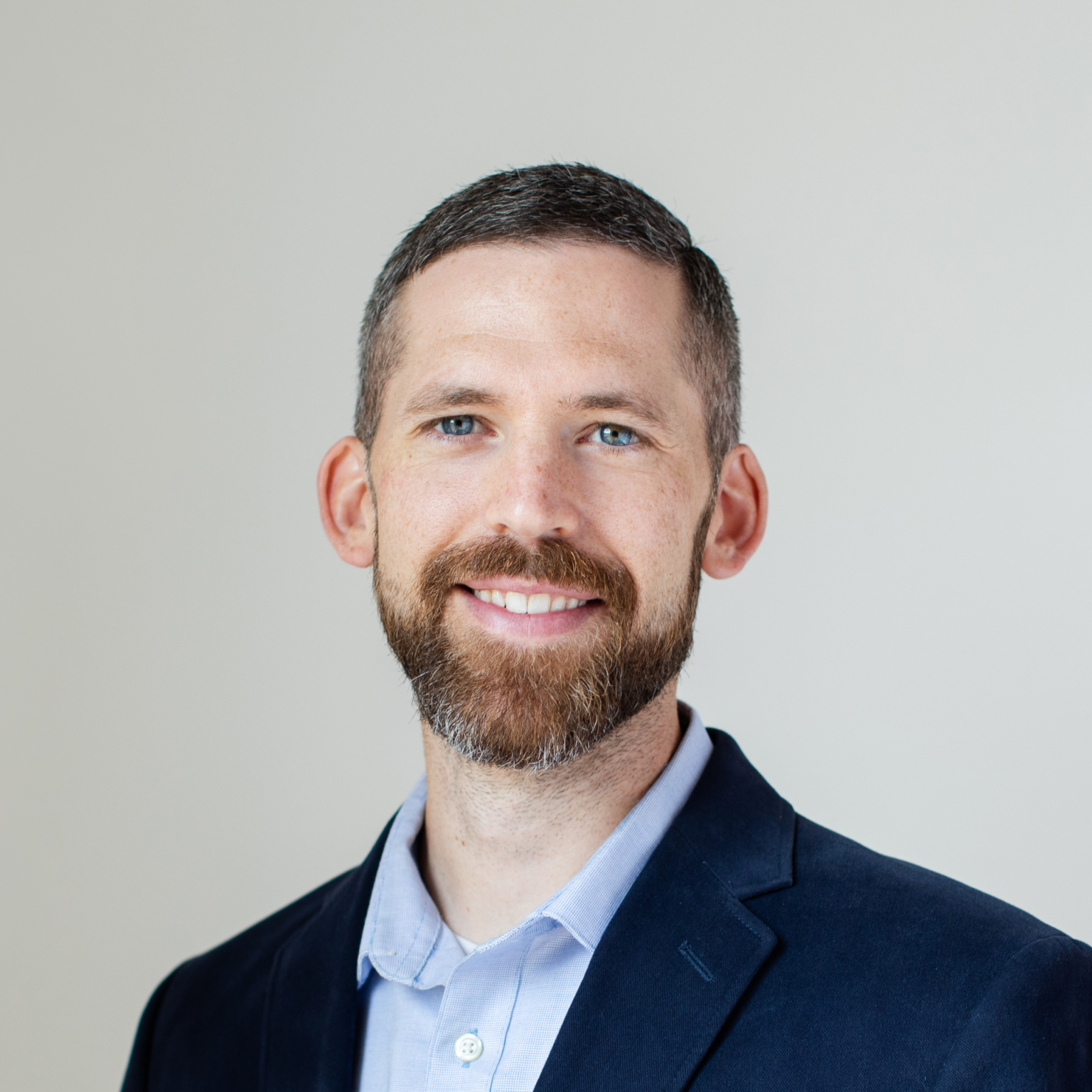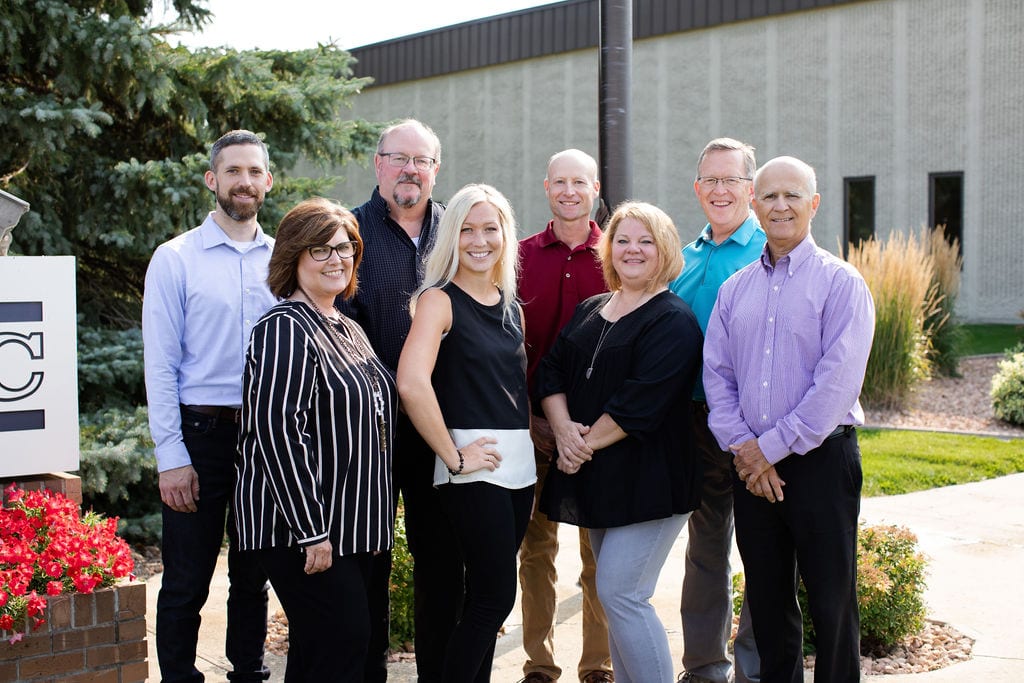A Q&A with Moffatt Products President, Mark Moffatt — Part II

Share:
.
As previously announced, Mark Moffatt has become the new President and head of the Leadership Team at Moffatt Products. In doing so, he will become the third generation of the Moffatt family to run the company during its 64 years of operation — placing them in rare company as a family-owned business. The average lifespan of a family-owned business is 24 years and only about 13% of businesses make it to the third generation. Moffatt Products has been in business since 1954.
Mark will replace Dave Moffatt as President of the company. Dave has had an illustrious career, during his time at the company he built Moffatt into a worldwide name for flex arms, especially the Moffatt Lamp. A recent blog post to the company’s website shared the news of the transition and provided context for Dave’s work, his legacy, and what comes next for Moffatt Products.
We caught up with Mark to pick his brain about the past, present, and future of Moffatt Products.
Could you talk a little more about how the structure of Moffatt Products is changing?
At Moffatt Products, we use a model called EOS, short for Entrepreneurial Operating System, which is based on Gino Wickman’s work. A connection through the Prairie Family Business Association encouraged me to read Wickman’s book, Traction. Wickman’s brand promise is “helping entrepreneurs get what they want from their business”. All you need is a clear vision and business plan that’s shared by all, and focusing your team on just 90 days at a time.
That might sound intuitive, but it takes real effort to streamline an organization that way. In a small business, everyone has so much responsibility and nobody to delegate work to. My favorite part of it so far is that at least every 90 days, there’s a built-in meeting to reorient our team to visualize and assess our progress. In the past, we did our best to respond to all our customer requests and put out any fires that came up in the course of business, but we weren’t working toward a shared vision or purpose. Now we share a vision for where we want the business to be in 10 years in order to serve more customers in a better way.
This informed the formation of the leadership team?
Yes. What Gino calls a leadership team is what we call our Traction team. Instead of feeling behind all the time, just spinning our wheels, one team is responsible for driving weekly activity that gets us closer to achieving the vision. The secret formula prescribed in the book calls for two distinct roles to lead this team: a Visionary and an Integrator.
The visionary is focused more on culture big picture ideas like asking the question, where are we going next with the business? The EOS business plan is just two pages, beginning with Vision. Who are we? What do we care about? Who are our customers? What do they need? Page one is the soul of the organization and the passion of the Visionary.
The integrator is all about how we accomplish those goals on a day-to-day basis. This is all the page two details of a business plan — which they call traction. The integrator is all about how do we actually do page one? It’s a vital person for your organization. Both are needed in an entrepreneurial company, but often these two roles are performed by the founder/entrepreneur trying to do it all. They are spread thin and probably gravitate toward either the Visionary or the Integrator role but haven’t been able to separate them yet.
Which one are you at Moffatt Products? The integrator or the visionary?
Nobody is fully either one, but I’m much more a visionary than an integrator. I will say I had valuable experience serving as the integrator for the first couple of years implementing EOS at Moffatt.
The benefit for me was that I got to work alongside every person in the organization. It was my role to help remove obstacles and barriers that were causing frustration or slowing us down as a company. I did projects that touched almost every person in the building, so I was able to establish those relationships with an eye toward one day I may be leading the business. It was extremely valuable to get exposed to all those different aspects of the business from that work.
In your speech to the company at Dave’s graduation, you talked about how only 13% of small businesses make it to the third generation. What is the significance of that to you?
Well, that it takes a lot of people working together to make that happen! You can’t do it alone. Here’s where I have to talk more about the Prairie Family Business Association. They have been such a huge part of why we made it to the third generation. It wasn’t just automatic.

You’ve mentioned the Family Business Association several times, how did they help with this process??
The Prairie Family Business Association (PFBA) helped Moffatt Products expand our thinking to dream about what might be possible if we own and lead the business with excellence. It’s not about looking out for our family. It’s about using our family business to create more opportunities for our employees’ families, our customers and vendors, and our communities in which we live and work. They helped us define and align our ownership philosophy with an exciting company vision, transition to a 3rd generation, and engage our team in more meaningful work and opportunity.
How did Moffatt Products begin their relationship with the PFBA?
It goes almost all the way back to when we moved the business to South Dakota. At that time there were some folks going around with this idea for a family business association. My dad (Dave Moffatt) and Grandpa Dillon just liked the sound of it so much they were able to join with others by making a founding donation to what was then called the Family Business Institute (FBI). Another founding member said he thought it was fun to tell his family he was going to an FBI meeting!
But unfortunately, Grandpa’s cancer returned, and after his passing, Dave felt he couldn’t spare the time away from the business so he had to stop going to meetings and fell out of touch. It wasn’t until I told him I would come back and work for the family business that he went, ‘Oh shoot, where is that association I helped start 20 years ago?’ (laughs)
We were so surprised at what we found. The PFBA had grown beyond what he would have imagined was possible. Instead of just 10 or 20 members, it was a couple of hundred members with regular programming like annual conferences and webinars, as well as professional peer groups. These are great because you can speak freely about your family business with peers who aren’t in your family, but who gets it and can give support and advice. So valuable!
What’s your role with the PFBA?
I ended up having a chance to serve on their advisory board. I’m serving a two-year term right now as chair. I am grateful for their help so I wanted to be able to help other families and businesses to lay the groundwork for their own growth. We felt it was important to reach more families so they can experience what we’ve had in our transition. That support and access to resources can make a big difference.
EOS has now become a sponsor for PFBA and we hope to help more family businesses take advantage of it and spread the word. In our business, we are pursuing a growth goal with a focus on creating innovative solutions for healthcare OEM’s. We work with project managers and design teams to create mounting assemblies that are easy to adjust and allow end-users to do better work with less effort. We are finally gaining traction toward our own goals for the business without sacrificing short-term customer needs or the demands of daily operations, and I am so grateful to our team and the PFBA for that.
